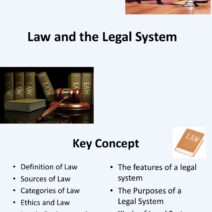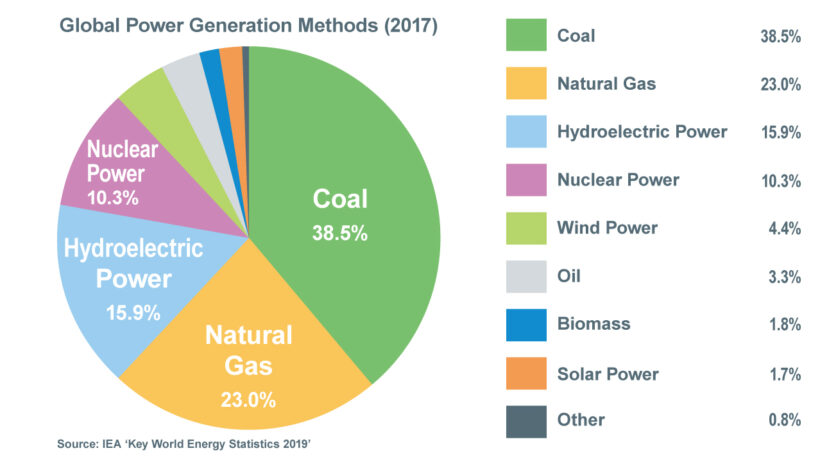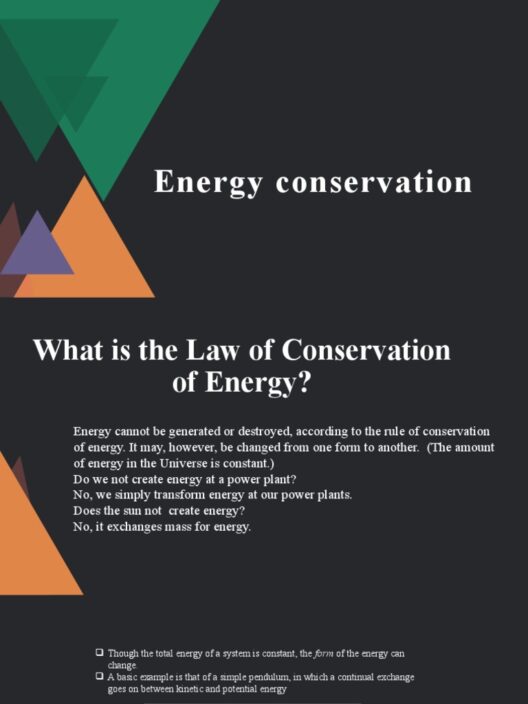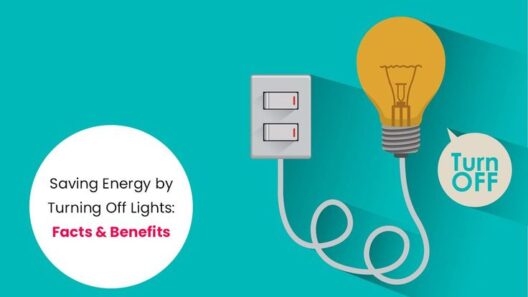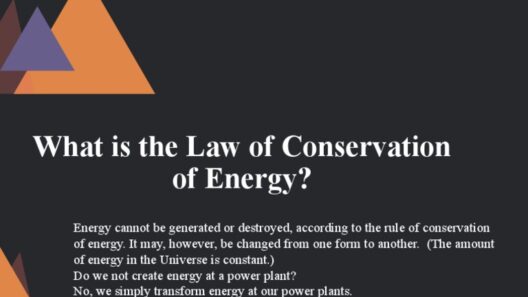When you toggle a switch, have you ever paused to ponder, “Where does the energy go?” This seemingly mundane action triggers a cascade of phenomena within an electric circuit. Energy does not simply disappear; it is meticulously conserved and transformed. Understanding this process can unlock a deeper comprehension of how we can harness electricity efficiently, especially in an era beset by climate concerns. So, how is energy conserved in an electric circuit? Let’s delve into the intricacies of power flow.
At the heart of an electric circuit lies the fundamental principle of energy conservation, which posits that energy cannot be created or destroyed, only converted from one form to another. In the context of electrical energy, this principle governs how power is transmitted and utilized. The circuit functions as a closed loop, allowing electron flow and facilitating various transformations. Components such as resistors, capacitors, and inductors play pivotal roles in this energetic ballet.
The journey of energy begins at the power source, which can be a battery or a power plant. This source generates electrical energy, allowing electrons to flow through conductive materials. When we think of an electric circuit, it often invokes images of wires connecting different components. These wires act as conduits, guiding electricity along predetermined paths with minimal resistance.
Oh, but wait! What happens when energy encounters resistance? This leads us to an enlightening concept — Joule’s heating effect. Resistance in the circuit serves to convert some of the electrical energy into thermal energy. Imagine a circuit where an incandescent bulb is used; as electricity flows through it, the filament heats up and emits light. While this light is the desired outcome, some energy dissipates as heat, showcasing the inevitable trade-off in energy conversion.
Consider, for a moment, a perplexing challenge: What if you could minimize the heat loss in electrical circuits? Efficient energy use becomes paramount, particularly as our demand for sustainable solutions increases. One strategy to confront this challenge is through the use of superconductors. These are materials that, under certain conditions, exhibit near-zero resistance. Remarkably, they can conduct electricity without any loss, making them an exciting avenue for conserving energy within electric circuits.
As we navigate through circuits, we inevitably encounter capacitors and inductors, both essential for savvy energy conservation. Capacitors store electrical energy in the form of an electrostatic field, releasing it when required. This ability to hoard energy can be harnessed strategically to mitigate energy wastage. For instance, in power supply systems, capacitors are employed to smooth the flow of electricity, minimizing fluctuations that could lead to power loss.
Inductors, on the other hand, function by storing energy in a magnetic field when electricity flows through them. The interesting interplay between capacitors and inductors creates a phenomenon known as resonance. In resonant circuits, energy oscillates between electric and magnetic fields, allowing for efficient energy transfer. Grasping this relationship highlights the intricate dance of energy within circuits, emphasizing the critical importance of each component’s role.
Let us now pivot to the implications of energy conservation in our daily lives. As the electric grid becomes strained, and climate change exacerbates environmental challenges, the quest for energy efficiency becomes increasingly urgent. The choices we make in our homes—such as using energy-efficient appliances—can have a resounding impact on energy consumption. LED bulbs, for example, use a fraction of the energy compared to traditional incandescent bulbs, marrying efficiency with efficacy in light production.
Moreover, the integration of renewable energy sources into the electrical grid signifies a substantial shift in our approach to energy consumption. Solar panels and wind turbines create electricity without depleting resources, delivering power sustainably. By employing energy-efficient designs in circuits that harness renewable sources, we can achieve optimal energy conservation while minimizing carbon footprints.
Electric vehicles (EVs) further revolutionize this paradigm. These vehicles employ electric circuits that require energy-efficient designs to maximize range. Regenerative braking systems in EVs capture kinetic energy during braking and convert it back into electrical energy, illustrating a practical application of energy conservation principles. The act of salvaging energy in such a manner not only enhances vehicle efficiency but also underscores the potential of technology in addressing climate challenges.
As we draw conclusions about the conservation of energy in electric circuits, one cannot overlook the emerging technologies on the horizon. Innovations like smart grids promise to usher in a new era of energy management, employing sensors and real-time data analytics to balance supply and demand effectively. These systems can regulate energy distribution, minimize waste, and support consumer engagement in energy-saving practices.
To wrap up, the conservation of energy in electric circuits is a multifaceted endeavor reflecting a larger principle of sustainability. By understanding power flow and seeking novel ways to optimize energy usage, we can both embrace the wonders of electricity and advocate for an environmentally conscious future. We find ourselves at a pivotal juncture, where small changes in our electric circuits can yield substantial benefits for our planet. The challenge remains: How will we respond to this call for innovation and responsibility in the age of electricity?


